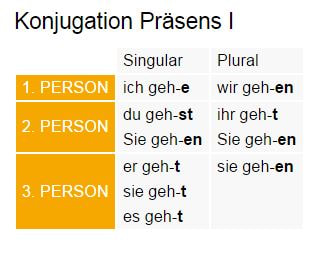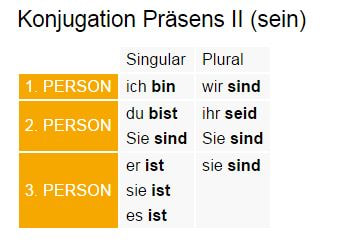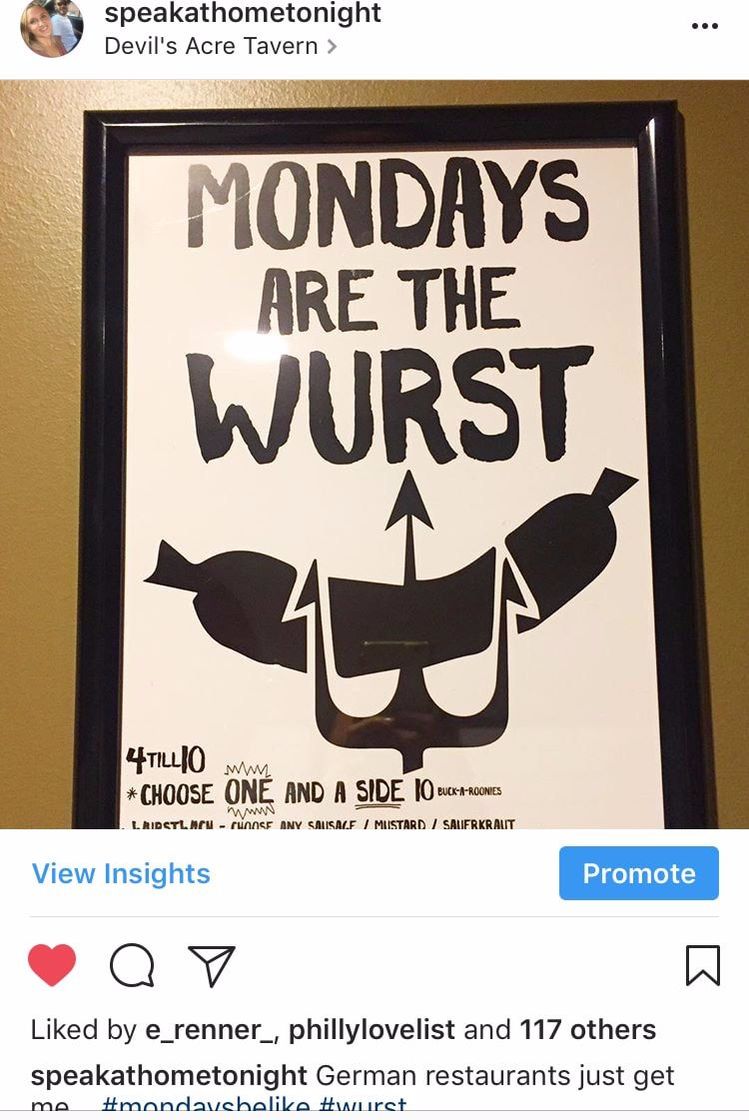|
In many parts of the world, today is the first day of school! I'm sharing a great lesson plan for homeschoolers and language learners everywhere for their first week of German lessons, from home. Day 1 If you have any background with German, start off by taking a free German Language Placement Test to figure out your proficiency level. You can take this again at the end of the semester to track how much you've improved. If you are brand new to the German language, download the DuoLingo app and complete the first two lessons in the Basics category. Day 2 Learn the personal pronouns: Singular ich - I du - you er - he sie - she es - it Plural wir - we ihr - you all/you guys Sie - you (formal, polite form) sie - they Practice the personal pronouns by completing the following exercise: 1. ____ gehe nach Hause. I'm going home. 2. ____ seid aus Italian. You guys are from Italy. 3. ____ (die Frau) heißt Sabine. Her name is Sabine. 4. ____ wohnst in Berlin. You live in Berlin. 5. Mein Vater und ich, ____ wir lernen Deutsch. My father and I, we are learning German. Continue with DuoLingo by completing the next two lessons. Day 3 Learn three new verbs: sein, gehen, and haben. sein = to be haben = to have gehen = to go
Write out the conjugation of your new verbs in your German notebook by hand, including the pronouns.
Studies show that writing by hand helps your brain memorize new information better and faster. By doing a combination of learning methods, you'll be able to retain your new language skills longer. Complete the following exercise to practice conjugation of your three new verbs: 1. Ich geh_ in die Schule. I'm going to school. 2. Er ___ ein Student. He is a student. 3. Ihr ha___ ein Auto. You guys have a car. 4. Wir geh__ nach Hause. We're going home. 5. Wir ____ zu Hause. We are at home.
Day 4
Complete the next two lessons in DuoLingo. Day 5 Write five, original sentences, using each of your new verbs in the present tense. Write and translate your sentences (by hand) in a notebook. You will be doing this every week so you can keep track of all of your new verbs. As always, feel free to contact me if you're interested in personalized lessons. This fall, Speak at Home Tonight is also rolling out group lesson options so you can practice speaking to multiple people, all from the comfort of your own home. If you have any questions, leave me a comment below or get in touch over Instagram or Facebook.
4 Comments
A round up of the best language stories of the week: 1. It's sausage to me. Germans won’t tell you they don’t care. “They will let you know that “it’s sausage to me” (Das ist mir Wurst). Check out 20 more of the funniest German expressions here. 2. Polyglot starts with 2 words. I've talked before about the excitement I had and the passion I felt whenever I had an opportunity to learn a few words or phrases in another language. This Harvard student's polyglot journey started with two words. 3. My fellow polyglot, Lina Vasquez My friend Lina Vasquez is a fellow polyglot who speaks 8 + languages. She's also a language nerd, but she is Lithuanian-Australian and is currently living in Germany. We have so much in common that when I saw this video, I knew we had to be friends. 4. Language shapes how the brain sees time Linguists Professor Panos Athanasopoulos and Professor Emanuel Bylund explain that bilinguals often go back and forth between their languages consciously and unconsciously. “There is evidence to suggest that mentally going back and forth between different languages on a daily basis confers advantages on the ability to learn and multi-task, and even long-term benefits for mental well-being,” 5. Baka slippers are LIFE I am totally loving this post from my friends Sarah and Ivan at Royal Croatian Tours on 5 reasons Croatian grannies are cuter than kittens! I am lucky to have a Croatian mother-in-law who is the absolute sweetest and is, of course, always feeding me. As always, let me know if you read anything great this week! Tweet me which language you've always wanted to learn and follow me on Instagram and Facebook. I am Polish-American and grew up praying in Polish and in English. If you'd like to learn how to pray in Polish, you'll need to begin with the Sign of the Cross. Sign of the Cross in Polish: W imię Ojca i Syna i Ducha Świętego. Amen. Sign of the Cross in English: In the name of the Father, and of the Son, and of the Holy Spirit. Amen. How to Say Our Father in Polish: Ojcze nasz Ojcze nasz, którys jest w Niebie, swiec sie Imie Twoje, przyjdz Królestwo Twoje, badz wola Twoja, jako w Niebie, tak i na ziemi, chleba naszego powszedniego daj nam dzisiaj I odpusc nam nasze winy, jako i my odpuszczamy naszym winowajcom, i nie wódz nas na pokuszenie, ale nas zbaw ode zlego. Our Father Our Father, Who art in Heaven, hallowed be Thy name; Thy Kingdom come, Thy will be done on earth as it is in Heaven. Give us this day our daily bread; and forgive us our trespasses as we forgive those who trespass against us; and lead us not into temptation, but deliver us from evil. If you'd like to hear how to say the Our Father/Ojcze nasz and other prayers in Polish, this video is great. You can read aloud along with the narrator who is praying the Rosary in Polish. |
Details
Nikki PršaPolish-American Polyglot, Language Expert, German Teacher, M.Ed., married to my dream guy, the Croatian Sensation. Let's connect! Archives
May 2020
Categories
All
DISCLOSUREI aim to provide as much free content as possible to help teach others around the world how to speak another language. I am trying out using affiliate links, which means that I may earn a tiny commission if you click on a link or make a purchase through a link posted here. All opinions and materials are my own, unless otherwise stated. If you use and like my materials, let me know! :)
|














 RSS Feed
RSS Feed